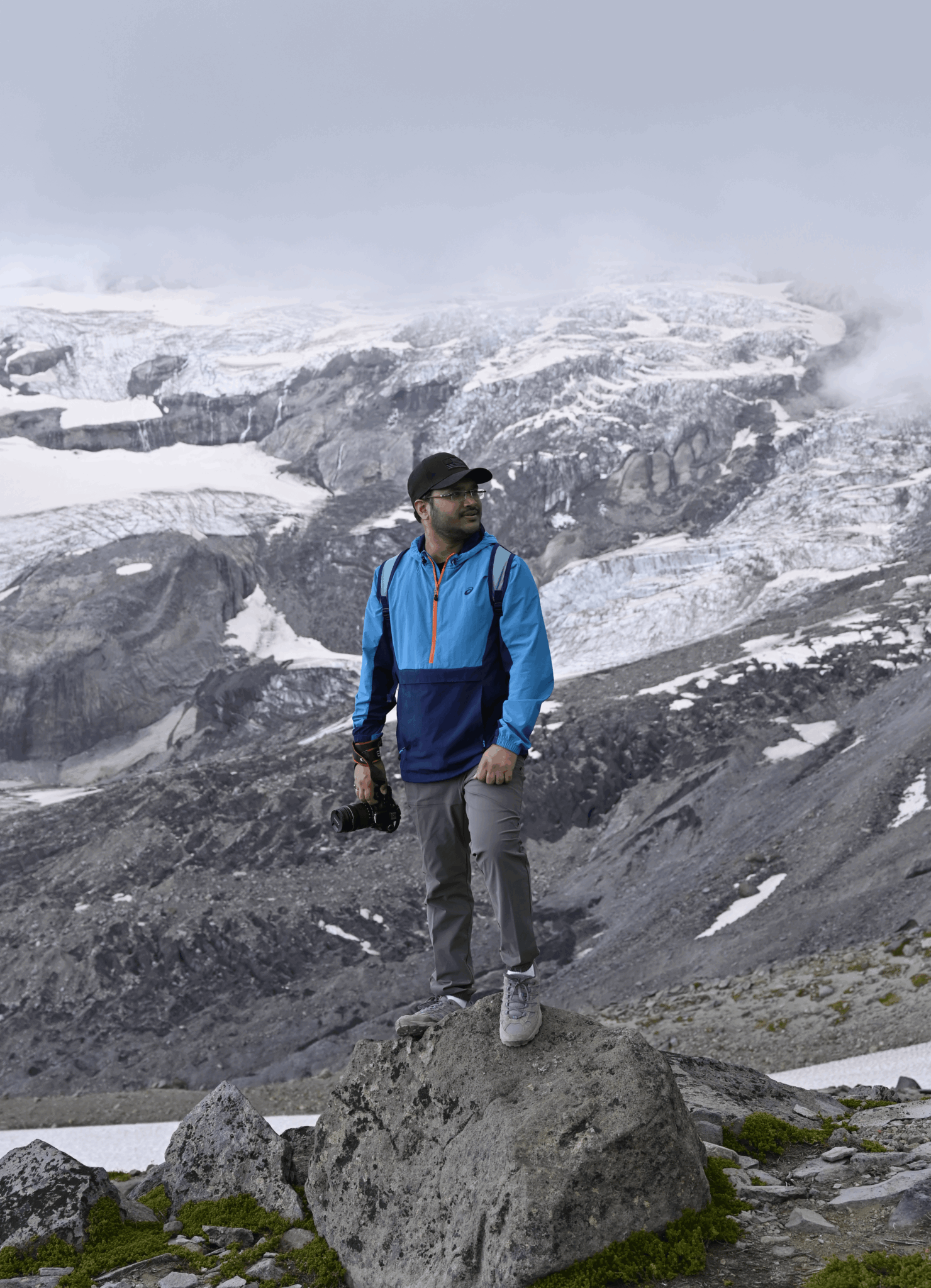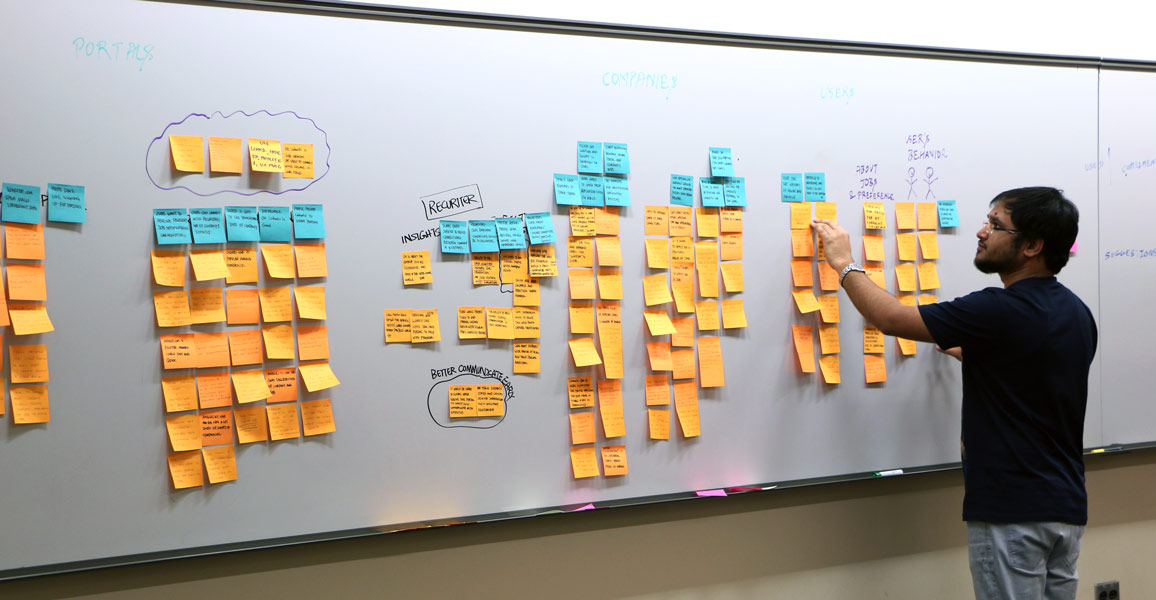Alright – so today we’ve got the honor of introducing you to Anurag Goyal. We think you’ll enjoy our conversation, we’ve shared it below.
Alright, Anurag thanks for taking the time to share your stories and insights with us today. We’d love to start by getting your thoughts on what you are seeing as some the biggest trends emerging in your industry.
One of the most profound trends I’m observing in our industry is the rapid integration of Generative AI, especially Large Language Models (LLMs), and the emergence of AI agents into the design workflow. This isn’t just about incremental automation; it’s a fundamental shift enabling designers to be vastly more efficient, strategic, and ultimately, more impactful.
Let me illustrate this with a story. Imagine a product designer tasked with understanding why users were abandoning a new feature. Traditionally, this involved days of manually sifting through data, reviewing research analysis, running complex queries, and trying to spot obscure patterns in user behavior – a labor-intensive process prone to human bias.
Now, fast forward to today. That same designer, leveraging an AI agent powered by LLMs, can simply ask: “What are the primary friction points causing users to drop off from this feature, and what are the top three behavioral patterns associated with successful completion versus abandonment?”
Within seconds, the AI agent can analyze immense datasets, identify complex behavioral sequences, highlight anomalies, and even generate a summarized report with actionable insights. It might pinpoint a specific configuration step where users consistently struggle or reveal that a particular demographic finds a new navigation element confusing. This intelligence eliminates the tedious manual work. It can also give design ideas on how it can be illustrated.
The designer’s role isn’t replaced; it’s supercharged. They transform from a data miner to a strategic interpreter. They can now spend their valuable time on what humans do best: ideating innovative solutions based on AI-driven insights, rapidly prototyping, and iterating on designs. This dramatically accelerates the design cycle, enables hyper-personalized user experiences, and empowers businesses to make faster, more informed decisions.
The opportunities are immense. Designers are freed from repetitive, low-value tasks to focus on higher-level strategic thinking. Generative AI enhances creativity by generating novel ideas, and AI agents democratize sophisticated data analysis, allowing for hyper-personalization at scale.
However, there are also significant concerns. Algorithmic bias is a critical risk if AI models are trained on unrepresentative data, potentially leading to products that are not inclusive. There’s also the challenge of over-reliance on AI, which could dull a designer’s critical thinking or intuition. Nevertheless, these concerns are also powerful opportunities for designers to champion ethical AI development, advocate for diverse datasets, and refine their unique human skills of empathy, creativity, and strategic oversight. The clear trend is towards a future where AI and human designers collaborate to build more intelligent, usable, and impactful products.

As always, we appreciate you sharing your insights and we’ve got a few more questions for you, but before we get to all of that can you take a minute to introduce yourself and give our readers some of your back background and context?
My path into product design began in India, fueled by an early love for creating websites and even starting my own freelance company. This taught me the power of digital solutions. As a front-end developer at a large IT organization, I became fascinated by how UX designers empathized with users and collaborated to build innovative solutions. This sparked my transition into design.
To formalize my skills, I pursued a Master’s in Human-Computer Interaction (HCI) at Indiana University. A standout project was LungTalk, a computer-tailored decision support tool I led from research to usability testing, designed to educate and prepare individuals for lung cancer screening—a project that even resulted in a published protocol.
After graduation, I spent four and a half years at a bank in Ohio, leading design teams. One particularly impactful project was designing the business account origination experience during the pandemic. We transformed first, in-bank process and then a seamless online solution, providing a critical lifeline for customers and saving bankers time when branches were closed.
Today, I’m a Product Designer at Google, leading interaction design for Intelligent Home and Mobile apps, with a focus on growth, personalization, and retention. It’s incredibly exciting to work with brilliant minds, constantly learning how to push the boundaries of intelligent design.
What’s the most rewarding aspect of being a creative in your experience?
For me, the most rewarding aspect of being a creative in this field is the profound impact of transforming complex technology into seamless human experiences. It’s not just about aesthetics or basic usability; it’s about operating at the forefront where deep understanding of human behavior meets cutting-edge capabilities like AI and LLMs.
The greatest satisfaction comes from distilling immense complexity—whether it’s vast user datasets or advanced AI potential—into something profoundly simple, intuitive, and truly transformative. It’s the challenge of taking an abstract, often unsolved problem, and architecting an interaction that feels almost prescient, anticipating needs and providing precisely the right information or assistance at the perfect moment.
The true reward is watching users effortlessly navigate a sophisticated analytics dashboard, uncovering previously hidden insights, or seeing patients, initially reluctant, make an informed decision and proceed with a vital lung cancer screening after being educated through the LungTalk experience, ultimately aiding early detection. Knowing that this effortless interaction comes from the meticulous design and innovative application of diverse skills to address unmet user and business needs—that’s what makes it all so rewarding. It’s the unique satisfaction of defining what’s next in the digital landscape.

Looking back, are there any resources you wish you knew about earlier in your creative journey?
If I could turn back time in my creative journey, the one resource I wish I had fully grasped earlier, and truly prioritized, is the profound importance of strategic networking and mentorship within the design industry. Early on, I perhaps underestimated how critical it is to not only build a robust network but also how challenging it can be to cultivate and genuinely maintain those relationships over time—it’s an ongoing investment. The true power lies in leveraging the collective wisdom of designers who have navigated this complex industry before you. Learning directly from their experiences – understanding their triumphs, their pivots, and their hard-won insights – is invaluable for refining one’s own skills and shaping a resilient career path.
I firmly believe that every designer should actively seek out a mentor or a circle of trusted advisors who are genuinely invested in their growth. While your expectations from a role or mentor evolve as you progress, this is precisely where a strong network and committed mentors become indispensable. Their willingness to share insights, discuss emerging industry trends (like the rapid evolution of AI in design), and offer perspectives on career trajectory can be absolutely pivotal. It helps you anticipate shifts, make informed decisions, and ultimately, accelerates your growth in ways that formal education or individual projects alone cannot.
Contact Info:
- Linkedin: https://www.linkedin.com/in/anurag1490/


